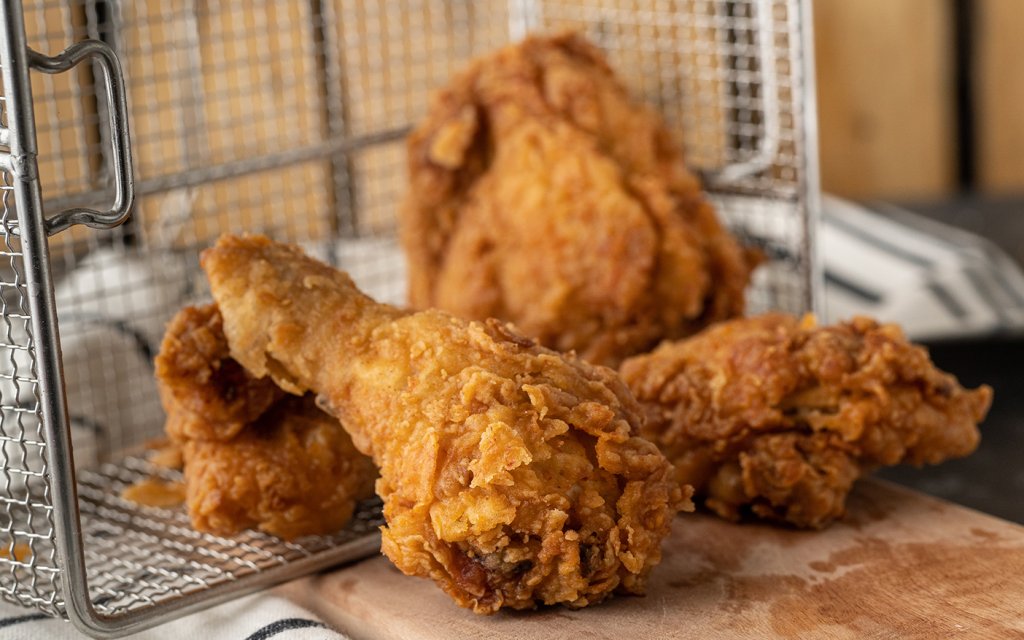
In the ever-evolving world of kitchen appliances, the air fryer and halogen oven have emerged as contenders for revolutionising the way we cook. Both devices promise to deliver delicious, crispy meals with less oil than traditional methods, but they go about it in different ways. Let's dive into the differences, advantages, and disadvantages of air fryers and halogen ovens to help you make an informed decision for your kitchen.

The Air Fryer Advantage
Rapid Cooking Time:
Air fryers use convection technology, circulating hot air around the food at high speeds. This results in a faster cooking time compared to traditional ovens, making them ideal for busy individuals.
Crispy Texture with Less Oil:
The air fryer's main selling point is its ability to produce crispy and golden-brown textures without the need for excessive oil. This makes it a healthier alternative for those looking to cut down on calories and fats in their meals.
Compact and User-Friendly:
Air fryers are typically compact, making them suitable for small kitchens or those with limited counter space. They are also user-friendly, often equipped with simple controls and presets for various cooking needs.
The Air Fryer Disadvantage
Limited Cooking Capacity:
The basket or tray in an air fryer is relatively small, limiting the quantity of food that can be cooked at once. This may not be suitable for larger families or when entertaining guests.
Learning Curve:
While user-friendly, some individuals may need time to adjust to cooking times and temperatures, especially when transitioning from traditional cooking methods.

The Halogen Oven Advantage
Versatility and Large Capacity:
Halogen ovens come with a large glass bowl and a high-powered halogen bulb that produces intense heat. This allows for versatile cooking, including roasting, baking, grilling, and more. The larger capacity makes them suitable for cooking meals for larger groups.
Even Cooking:
Halogen ovens often boast even cooking results due to the combination of convection and infrared cooking technologies. This can be especially advantageous when preparing dishes that require uniform heat distribution.
Self-Cleaning Feature:
Some halogen ovens come with a self-cleaning feature, simplifying the post-cooking cleanup process.
The Halogen Oven Disadvantage
Bulkier Design:
Compared to air fryers, halogen ovens tend to be bulkier and take up more counter space. This may be a drawback for those with limited kitchen space.
Potential Learning Curve:
The versatility of halogen ovens may also come with a learning curve for users unfamiliar with the technology. Understanding cooking times and temperatures for different dishes may require some experimentation.
Conclusion
In the battle of air fryer vs. halogen oven, the right choice ultimately depends on your specific needs and preferences. If you prioritize rapid cooking times, compact design, and a focus on healthier eating, an air fryer might be the perfect fit. On the other hand, if you value versatility, larger cooking capacity, and the ability to cook a variety of dishes in one appliance, a halogen oven could be the culinary companion you've been searching for. Consider your cooking habits, kitchen space, and desired features before making your decision, and you'll be well on your way to enjoying crispy, delicious meals with your chosen kitchen companion.